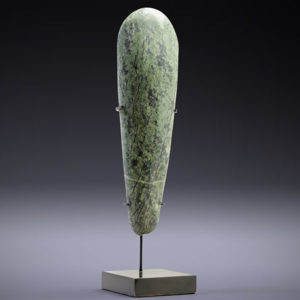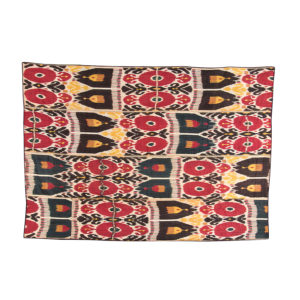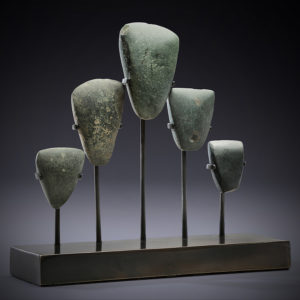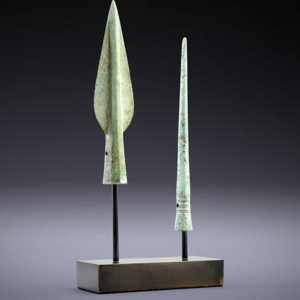The Tree of Life is a universal symbol found in many spiritual and mythological traditions around the world. It represents many things, including healing, protection, strength, bounty and beauty.
Despite the relative scarcity of extant Mughal jewellery decorated with turquoise, literary sources of the 16th and early 17th centuries show that Mughal rulers had a specific interest in this gem (same showed by Ottomans and Persians) and owned objects made in turquoise or set with it. Some of the well-known anectode of this period reveals that good turquoise was the most important to acquire even by the most powerful rulers.
Iran remains the only source of turquoise for long time and all the old stone engraved come from here. The finest turquoise came from the region of Nishapur (northeast Iran). In the Safavid era in Iran (1501-1732), turquoise was used in the royal workshops.
A number of related turquoises with Qur’anic inscriptions are known. They are normally associated with Iran or with stone importers to India and engraved there followed the Iranian model. The Safavid court seems to have influenced Ottoman craftsmen, who also employed large amounts of it.
CONDITION: Overall condition is perfect. The item is described to the best of our knowledge. Please refer to pictures and email with any questions.





